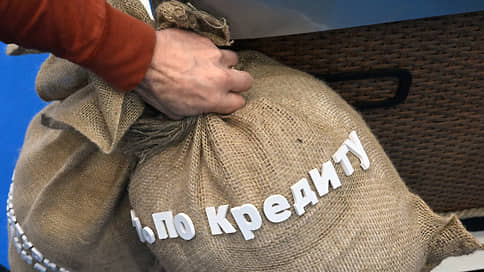Answer to submitter. Sweden’s food production requires peat

On April 16 a submitter About peat production in Sweden. We realize that there are different opinions about peat and are happy to discuss how the peat can contribute in different ways in society. However, it is a pity that the writers mention that the peat production that takes place in Sweden corresponds to an emission of 1.4 million tonnes of carbon dioxide. That’s not true. According to the Swedish Environmental Protection Agency Emissions from the production of cultivation backers amount to 0.3 million carbon dioxide.
Although production of cultivation -bodies involves emissions, it contributes the necessary resources to society, such as food production. In fact, biostimulants made of peat are used on agricultural land to improve plants’ nutrient uptake and resistance to drought, cold and diseases. In addition, peat is used to grow vegetables, berries and mushrooms in greenhouses.
Neova and other players in the industry are constantly working to develop other alternatives to the cultivation. Replacing it with leaf compost is an excellent alternative for hobby growers. As the interest in cultivation and self -sufficiency increases, different types of cultivation substrates are needed. Just as the writers write, there are already alternatives. However, today it is not realistic to make cultivation substrates on a large scale. Food production requires large volumes to be handled.
At present Used compost, bark mullet and other materials to, in whole or in part, supplement the cultivation borne. However, it is strictly regulated what the raw materials may contain in terms of, for example, heavy metals. Other challenges are salmonella infection, which means that some materials are not suitable.
These materials are also not available in sufficient quantities to completely replace peat. They also require some peat involvement to gain optimal cultivation. Regardless of the other raw materials used, they are not completely free of carbon dioxide emissions.
In addition to using peat for plant cultivation, there are also other uses. To reduce emissions of ammonia in animal husbandry, peat litter can be used with great benefits. Furthermore, peat can be used as supplemental feed, which helps to improve animal health and reduce the need for antibiotics. These are just some of the other areas where peat comes in handy.
Of Sweden’s total area Of ditched peatlands, which amount to 2.3 million hectares, only half a percent of these are used for peat farming, which corresponds to approximately 12,500 hectares. With regard to the ten new conditions granted for peat counts, this also includes extension of existing peat counts, according to the Environmental Code. Each application undergoes a thorough process that includes natural value inventory and environmental impact assessment, and permits are given very restrictively.
The peat industry has an important function in society and contributes to many jobs in rural areas. Last but not least – the growth of peat in Sweden is far greater than the amount that is harvested.
More about submitter: How do you write on submitter and answer
More submissions: dn.se/insandare








